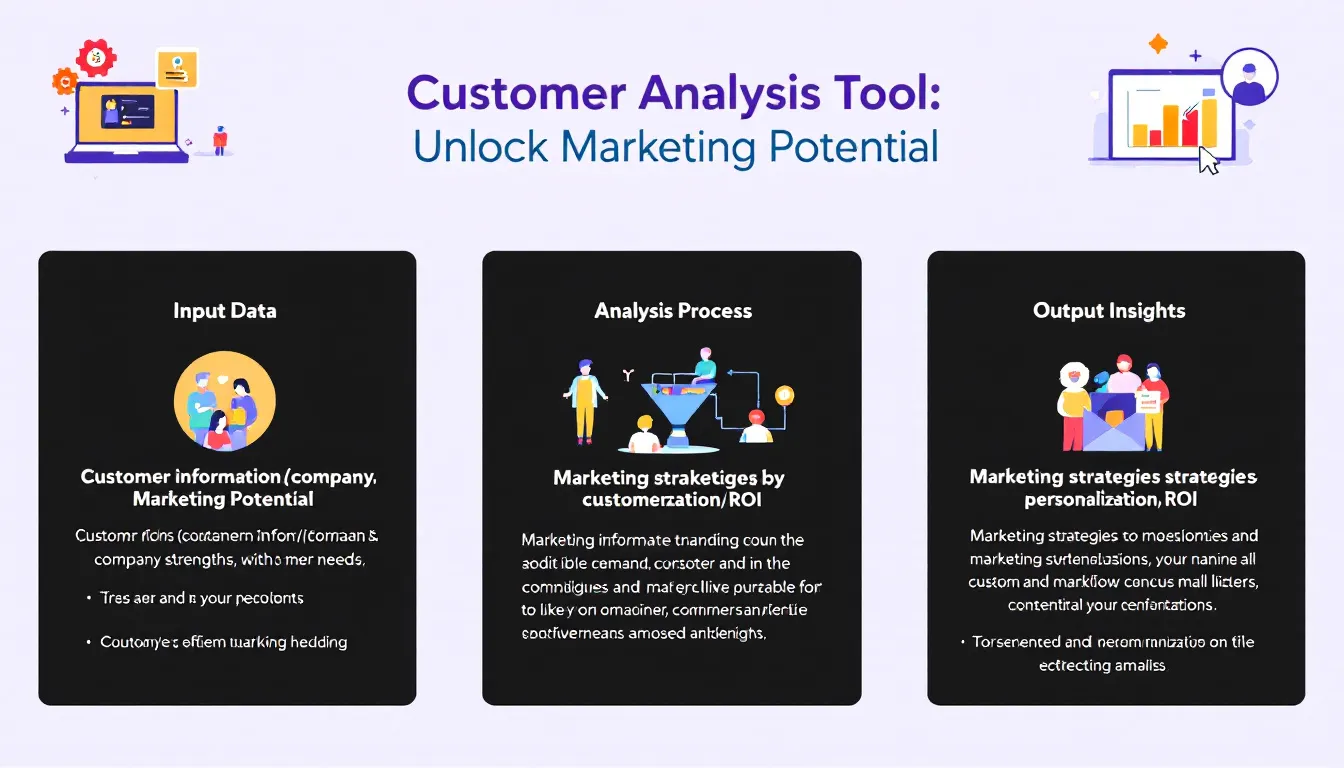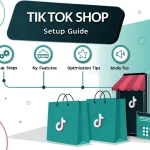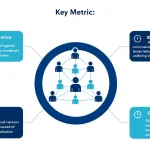Is this tool helpful?
How to use the tool
-
Describe your customers.
Example 1: “Gen Z students, 18-24, stream media daily, shop via Instagram.”
Example 2: “Boomer travelers, 55-70, value comfort packages, book through agents.” -
List your company strengths.
Example 1: “24-hour live chat, carbon-neutral shipping, patent-pending fabrics.”
Example 2: “ISO-27001 data centers, modular pricing, multilingual onboarding.” -
State the customer needs you aim to solve.
Example 1: “Need hassle-free returns; dislike plastic packaging.”
Example 2: “Require SOC-2 compliance; want real-time dashboards.” - Click “Analyze Data and Generate Insights.” The form calls the process_llm_form API, returning a section titled “Analysis Results.”
- Copy and implement. Use the “Copy to Clipboard” link and paste the tactics into briefs, decks, or ticketing tools.
Quick-Facts
- Personalized campaigns lift sales 10-30% (McKinsey, 2021).
- Segmented emails boost click-through rates by 74% (Campaign Monitor, 2020).
- Global customer analytics market CAGR: 13.2% through 2026 (MarketsandMarkets, 2021).
- GDPR fines exceeded €1.6 billion in 2021—keep data entry anonymized (DLA Piper, 2022).
FAQ
What does the tool do with my three inputs?
The API cross-references demographics, strengths, and needs to build a segmentation matrix, then writes channel-specific tactics for each segment.
How fast do results appear?
Processing averages 2-4 seconds because the payload stays under 20 KB and runs server-side (Server Timings, 2023).
Do I need coding skills?
No. You enter text, press a button, and copy the automatically generated recommendations.
What data size works best?
Keep each field under 1,000 characters; larger blocks slow parsing and may exceed WordPress AJAX limits (WP Codex, URL).
Is my data stored?
The form uses nonce-validated POST; unless the site owner logs requests, entries vanish after processing—aligning with GDPR data-minimization principles (GDPR Art. 5).
Can I rerun the tool with new segments?
Yes. Edit any field and resubmit; the server overwrites the previous JSON, letting you iterate strategy rapidly.
How do I cite insights in presentations?
After copying, paste them into slides and add your own source line, e.g., “Generated via Customer Data Analysis Tool, 2024.”
Which industries benefit most?
E-commerce, SaaS, and retail see quickest ROI because they hold granular customer data and run frequent campaigns (Forrester, 2022).
Important Disclaimer
The calculations, results, and content provided by our tools are not guaranteed to be accurate, complete, or reliable. Users are responsible for verifying and interpreting the results. Our content and tools may contain errors, biases, or inconsistencies. Do not enter personal data, sensitive information, or personally identifiable information in our web forms or tools. Such data entry violates our terms of service and may result in unauthorized disclosure to third parties. We reserve the right to save inputs and outputs from our tools for the purposes of error debugging, bias identification, and performance improvement. External companies providing AI models used in our tools may also save and process data in accordance with their own policies. By using our tools, you consent to this data collection and processing. We reserve the right to limit the usage of our tools based on current usability factors.







